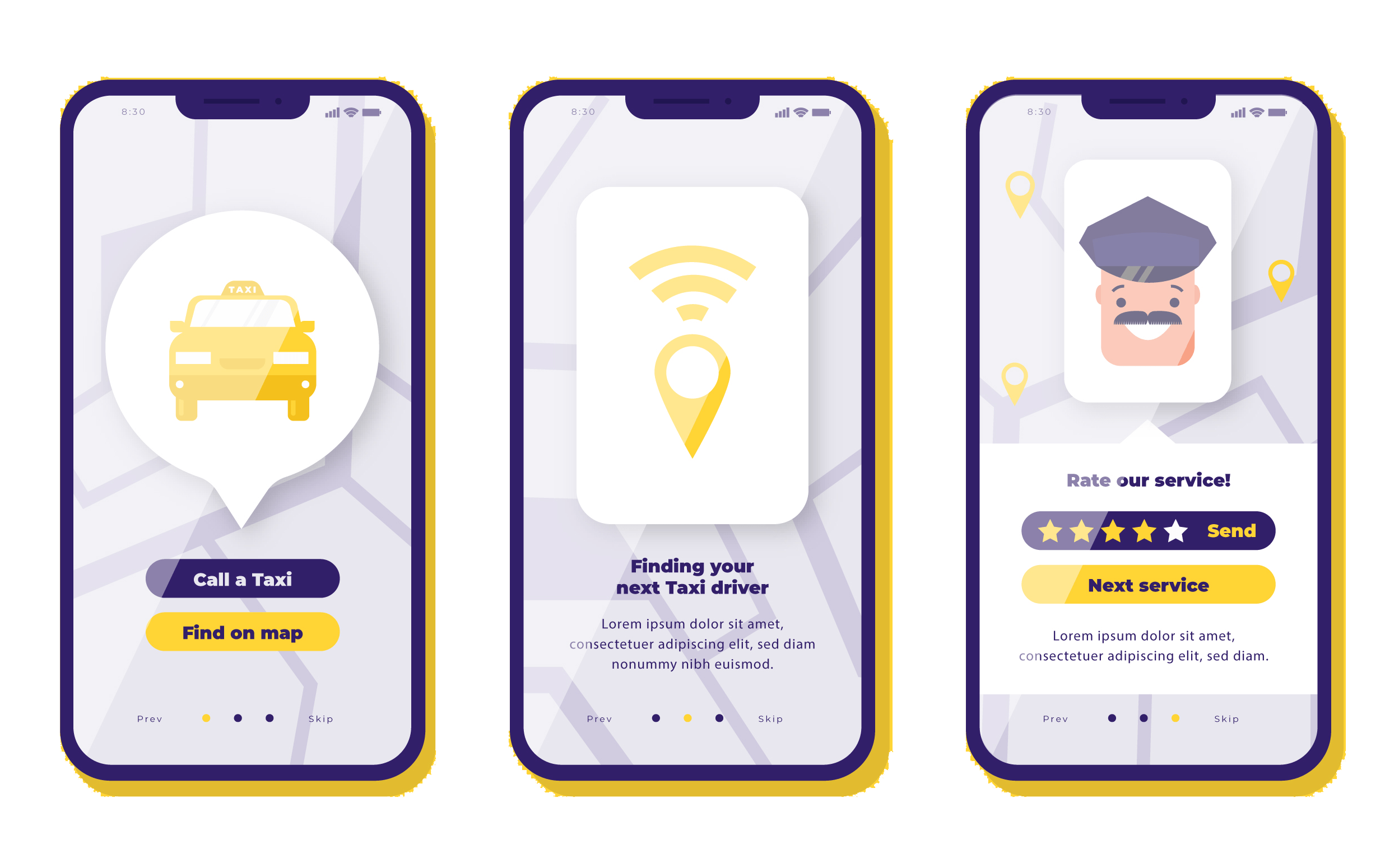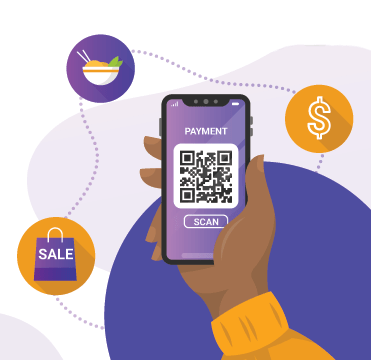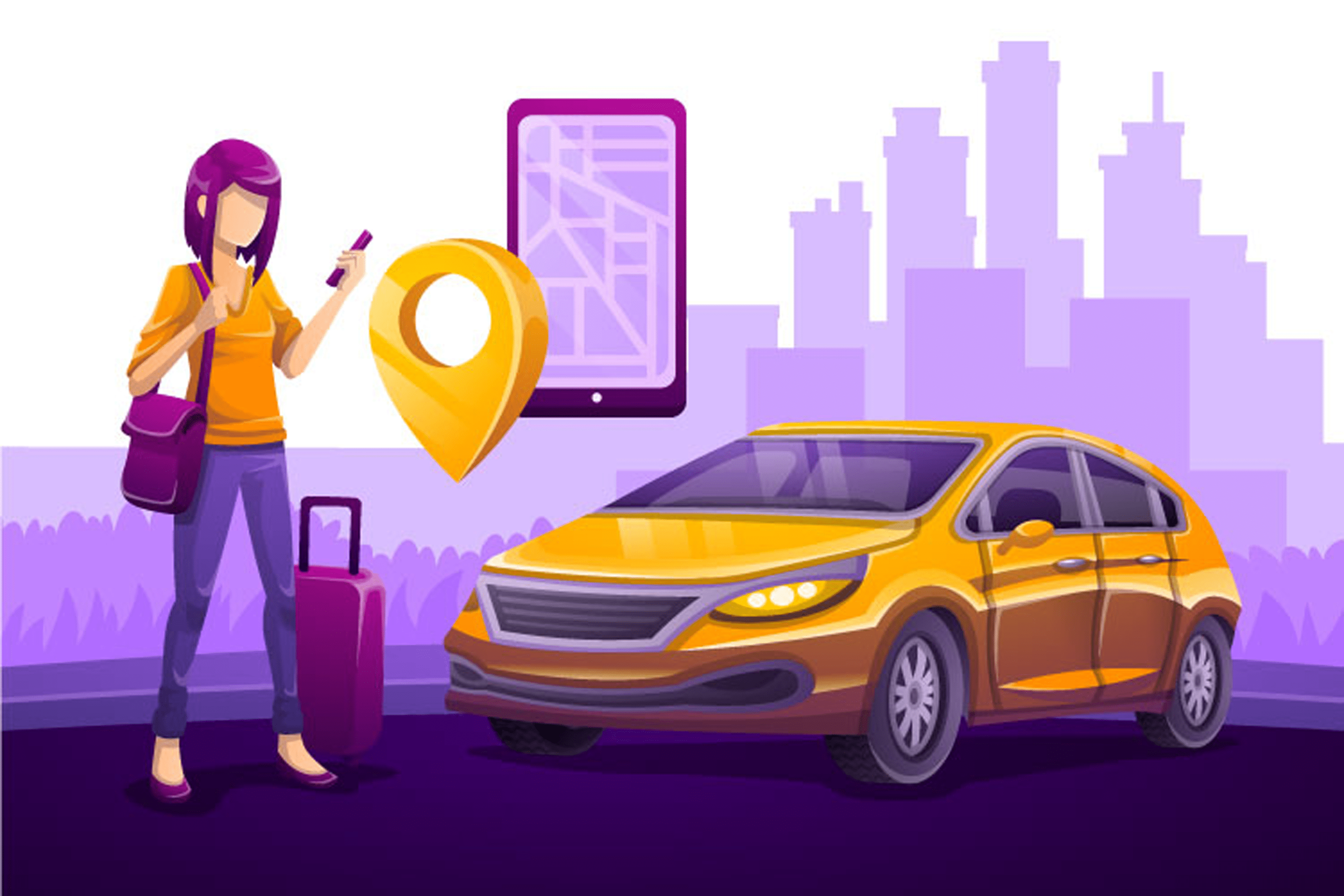[Case Study] Successful Ride Sharing App
Build a top-notch ride-sharing app like Uber
Ride Sharing Business and Its Success
When it comes to creating an app for your business, one can face many challenges. All successful businesses started by using digital means in order to fulfil their requirements. Because of this, usage of apps has been on the rise. While this is a good thing as it provides scope for expanding your business by developing apps, it is also challenging since the competition in the market has also increased and has a promising future. Using the right approach will make a big difference and make your business better.
In this case study we tell you how to develop an app like Uber for your ride-sharing business using the right tools and approaches in order to gain more customers in this heavily competitive market.
Abstract:
The purpose of this case study is to highlight the problems that ride-sharing businesses undergo on daily basis, and to provide and travel app development solutions. We will first look at the must-have planning strategies for a successful app, then, the positive features of a remarkable taxi-sharing app and lastly some more features to consider in order to go the extra mile and stand apart from your competitors.
Personalisation is key
While providing a customer with their preferred interface, it is important to acknowledge that the personalisation will be controlled by the app developing business itself.
Similarly, an inclusion of both iOS and Android adds variety and, to put it simply, enables more people to use the app. Therefore, widening your reach could be your foremost priority.
1. Basic Features- Language/ Platform
Moving on,
One needs to understand that a taxi-‘sharing’ app, as the name suggests, could be used by passengers to ‘share’ taxis on demand, but not almost necessarily by just customers who wish to travel from one place to another. Although this is the lesser explored idea of what the term stands for, there are many car dealers as well as drivers that use these services to earn a living. In such a case, the ‘sharing’ takes place between vehicles and services and facilitates transaction. Therefore, as a business that develops ride-sharing apps, ignoring this facet will not fare you well in the long run.
For this, several interfaces need to be developed: The most popular one being the apps that passengers use to call for cabs, the second one being one that the car dealer may use to lend his cars and earn money in return, and the third being an interface that allows drivers to connect with these dealers.
Although the last two app interface concepts need not necessarily exist across every taxi-sharing business, it does not hurt to include them. Instead, it guarantees fruitful business, for it is economical to all parties concerned in terms of time, money as well as effort.


2. Multiple Interfaces
As discussed above, developing 3 separate interfaces to make the process easier, is always favourable. However, a lot of footwork goes into actually turning these ideas into reality. The differences in their requirements (such as for the passenger: driver details, for the driver: dealer details and for the dealer: driver details), is important. Information about the passenger will therefore stand secondary per the dealer’s record book and need not be given priority. These things must be worked out by every individual business before developing app interfaces and versions, accordingly.
3. Specific interface Integration
As discussed above, developing 3 separate interfaces to make the process easier, is always favourable. However, a lot of footwork goes into actually turning these ideas into reality. The differences in their requirements (such as for the passenger: driver details, for the driver: dealer details and for the dealer: driver details), is important. Information about the passenger will therefore stand secondary per the dealer’s record book and need not be given priority. These things must be worked out by every individual business before developing app interfaces and versions, accordingly.


4. Ability to control requests
Since we are considering the driver’s point-of-view, it is sensible for any driver to avoid traveling beyond 5 kms for an in-city ride just because the next user’s travel destination is such. The driver should have manual control over which rides s/he can accept in order to safeguard the time, money and effort as discussed earlier.
5. GPS tracking
It goes without saying that the GPS Tracking feature must stand apart because not only will drivers require it to navigate, but also to locate the nearest ride, calculate fares according to distance, follow alternate routes/ simple routes in the absence of direction knowledge. GPS tracking is useful to the passenger as well, in order to track cab availability and ensure adequate fair calculation.


6. Price adjustability
Both the user and the driver should have some control over the price. The user, for instance, should not have to pay extra to get somewhere if they can just pay less by sharing the ride with another passenger. This also depends on the available ride sharing options, which is also another option to consider. Similarly, the driver should also be able to choose another ride if it is going to travel and therefore pay, more.
7. Safety prerequisites:
Last but not the least, an assurance of safety is what is going to set you apart from other similar businesses. Information about the driver’s profile based on their professional history, feedback, tracking mechanisms that denote their average driving speed, etc. could be a major deciding factor for many. Similarly, OTP verifications to ensure safety could also set you apart.
Aside from these, there are several other features that an app can develop. These may not occur to you at first, since these are not the common features used to build a ride-sharing app. However, if one has to not just survive a heavily competitive business but also set high standards, considering out-of-the-box ideas is essential.


8. QR Code
A QR Code can be used for different purposes by different interface users. For instance, the passengers can use it to scan driver info, verify identification details, make payments, etc. A driver interface may include QR Code to scan car details. Similarly, a car dealer may use QR Scan for establishing driver credibility/ records.
9. Digital Wallet Integration
Digital wallets make transactions seamless and easier. A ride-sharing app that includes integrated wallets will definitely make for a more handy option as against those services that allow the hassle of other, more time-consuming forms of payment.


10. Customer Preference
Certain customization filters such as user profile, driver preferences, chat interface for instant help, etc. will not only make an app stand apart, but also provide a certain level of comfort for the user. The chances of guaranteeing recurrent passengers increases tremendously by taking these extra steps in order to increase business.
Not only are these features good from a businessman’s point-of-view, but in the long run, it also adds to a variety of advantages. The commuting facility makes cab-booking more economically viable. This paired with the added level of comfort in calling for a ride makes it a very likely preference over taxi businesses that do not use apps.
Even drivers get certain benefits such as commissions, referrals, added choice and, to an extent, flexibility. In terms of time and effort, this is very economical. Moreover, the fuel expenditure as well as pollution levels can significantly be curbed through sharing of taxis.
We, i-lanamtechnologies are a web development company in Canada. We understand that as a business that wants to set itself apart, one needs out-of-the-box, on-demand app solutions, and so, we bring them to you.
Have your rider sharing app built with us!
Give us a call or drop by anytime, we endeavour to answer all enquiries
within 24 hours on business days.



